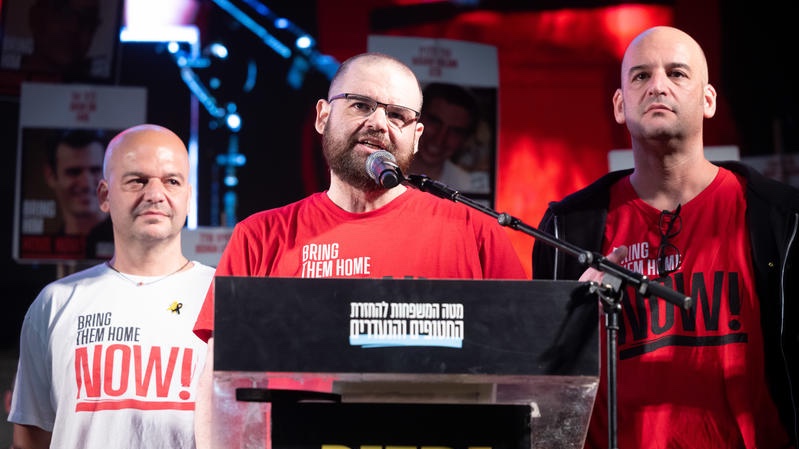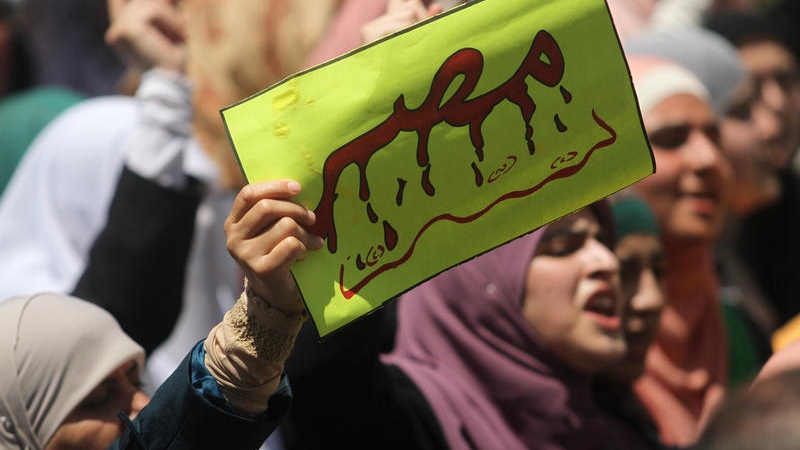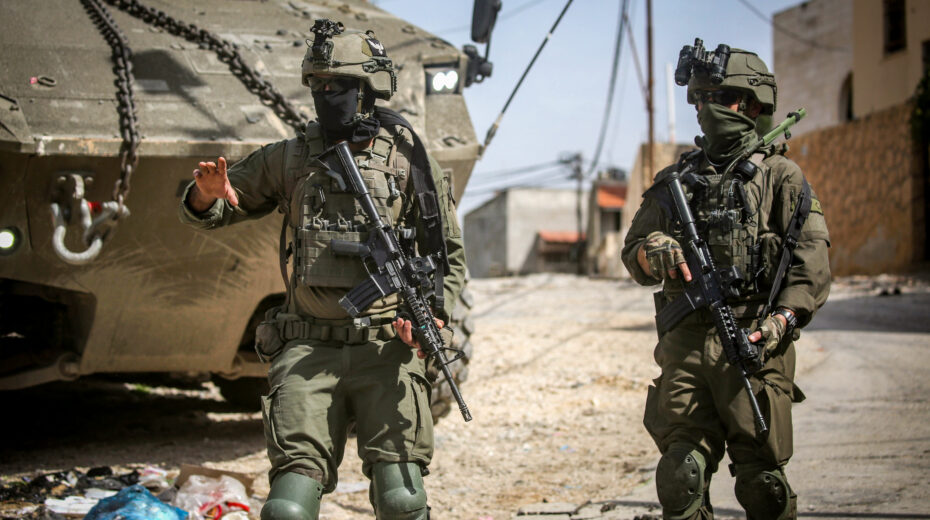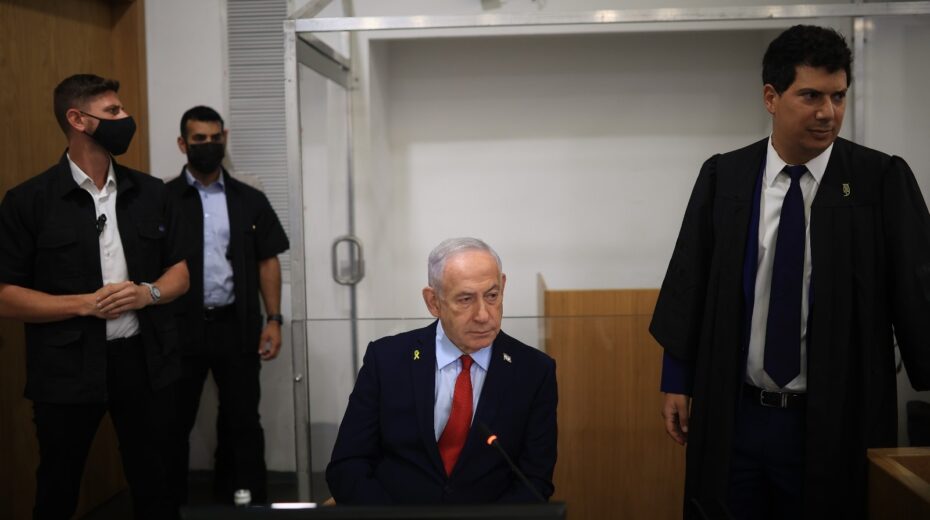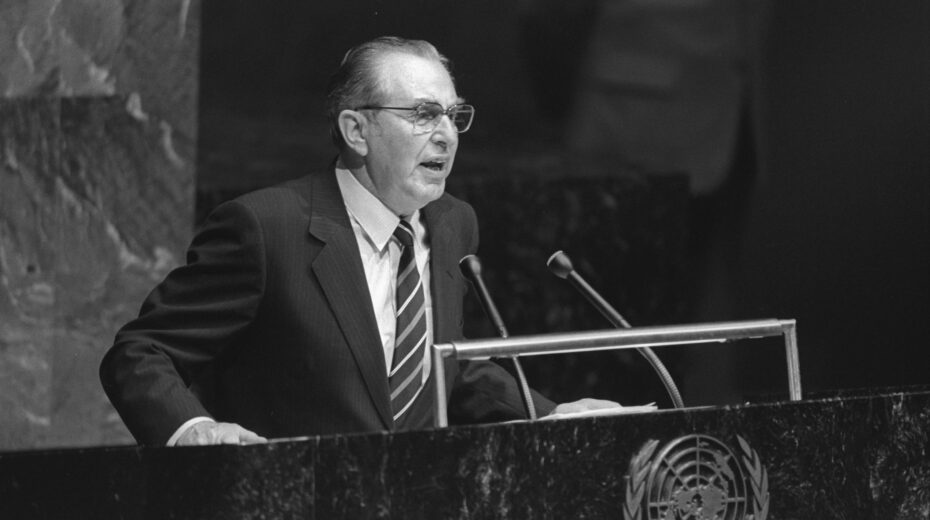After nearly two years of Hamas captivity, Israel stands on the cusp of a historic moment: if everything goes according to plan, by midday Monday, October 13, all Israeli hostages held in Gaza—alive or dead—will return home.
As reported by Israeli broadcaster Kan Reshet Bet, Al Jazeera, and several international media outlets, this timeline was set in a document outlining the implementation of the so-called “Trump Plan” to end the Gaza war. The plan not only provides for the return of the hostages but also a comprehensive ceasefire and the start of reconstruction in the Gaza Strip.
Return without fanfare
Unlike previous hostage exchanges, there will be no public handover ceremonies this time. The return of the 48 Israeli hostages—including 20 believed to be alive and 26 deceased—will be conducted discreetly and with dignity. Two additional individuals remain missing. Among the bodies to be transferred is that of IDF Lieutenant Hadar Goldin, who fell in the 2014 Gaza war.
According to Al Jazeera and The Jerusalem Post, initial releases could begin as early as Sunday. The Red Cross is coordinating the handover to Israeli authorities at border crossings. At the same time, at least 600 trucks carrying aid supplies are expected to enter the Gaza Strip daily. The operation is under the oversight of the United Nations and other international organizations.

Hamas terrorists hand over Israeli hostage Keith Siegel to the Red Cross during a propaganda ceremony in Gaza City, February 1, 2025. Photo: Ali Hassan/Flash90.
Prisoner exchange under international supervision
A key component of the agreement is a large-scale prisoner exchange. Israel has agreed to release 250 Palestinian terrorists serving life sentences and an additional 1,700 Gazans detained during the fighting—but only after all Israeli hostages have been returned. An Egyptian delegation and Red Cross representatives will oversee the process in Israeli detention facilities.
According to the Associated Press, the agreement explicitly excludes the popular Fatah leader Marwan Barghouti from release. Israel refuses to free the politically influential prisoner, as this is considered a domestic political risk that could reignite internal Palestinian power struggles.
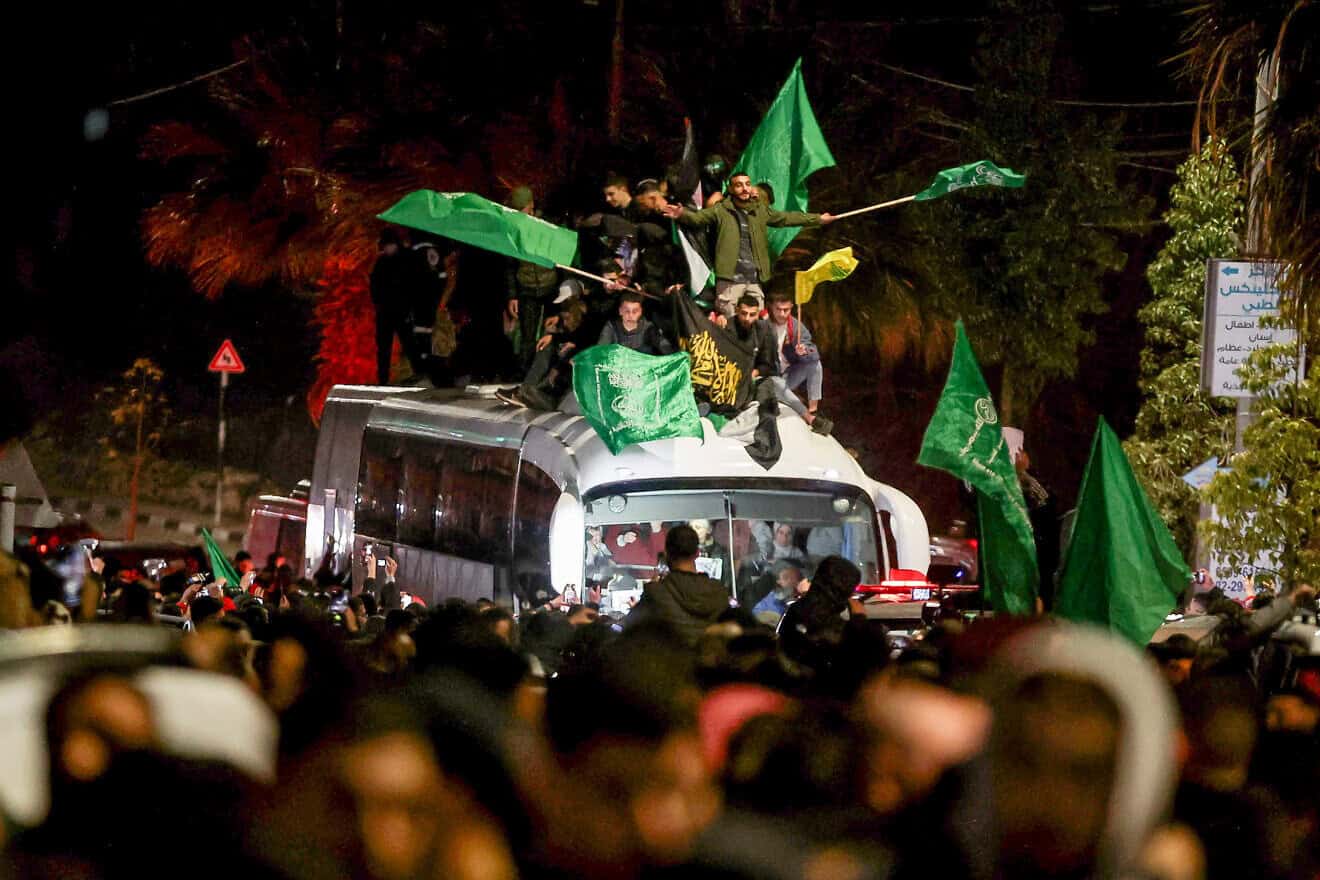
Palestinian terrorists released in a hostage exchange between Israel and Hamas are welcomed in Beitunia near Ramallah on January 20, 2025. Photo: Flash90.
Trump: “The return has begun”
US President Donald Trump, who personally brokered the agreement, stated on Friday at the White House that Hamas is “unearthing them up now, alive and dead, as we speak.” According to him, around 28 bodies are being recovered.
Trump hailed the agreement as an “eternal success” and said that Israelis “danced in the streets” after the announcement, as did people in Qatar, Saudi Arabia, the United Arab Emirates, and Egypt. He announced plans to travel to the Middle East to speak in the Knesset and possibly visit Cairo. “Everyone wants this agreement to succeed,” Trump said. “Gaza will be rebuilt, and the region is yearning for peace.”
American coordination on-site
US Special Envoy for the Middle East Steve Witkoff was spotted, according to Fox News and Reuters, at an Israeli army base in Gaza, where he was overseeing the implementation of the ceasefire and the planned withdrawal of Israeli troops. Admiral Brad Cooper, commander of US Central Command (CENTCOM), also confirmed his presence and announced the establishment of a civilian-military coordination center (CMCC) to manage Gaza’s stabilization post-war.
Cooper emphasized that no US troops will be stationed in Gaza; support will be strictly advisory and logistical. The goal is to “seize this historic moment to enable sustainable security and reconstruction.”

US Special Envoy for the Middle East Steve Witkoff (right) and Western Wall Rabbi Shmuel Rabinovitch (second from right) at the Western Wall in Jerusalem’s Old City, October 10, 2025. Photo: Shlomi Cohen/Flash90.
Why Hamas is yielding now
According to a Reuters analysis, Hamas agreed to the deal despite massive losses—around 58,000 fighters reportedly killed since the war began—to secure international support and prevent a complete collapse of its structures. The organization is “under extreme pressure to hand over the hostages, alive or dead,” the agency quoted an anonymous Egyptian mediator.
Meanwhile, as Reuters and AP News report, more and more Palestinians are returning to the ruins of their homes in southern Gaza as Israeli troops withdraw from positions along the so-called Netzarim Corridor. Many are searching for belongings or the bodies of loved ones. Despite isolated incidents, the ceasefire is holding for now.

Gazans return to their homes in the northern Gaza Strip along Rashid Street near Gaza City on October 11, 2025, following the ceasefire agreement between Hamas and Israel. Photo: Khalil Kahlout/Flash90.
Hope and skepticism
Whether the agreement will hold remains uncertain. Israel has experienced previous agreements with Hamas that failed or were only partially implemented. The question of who will govern the Gaza Strip in the future also remains unresolved.
Nevertheless, this moment marks a historic turning point. Two years and one week after the October 7, 2023, massacre, in which Hamas terrorists murdered around 1,200 people and abducted 251, the longest nightmare for many Israeli families appears to be coming to an end.
Want more news from Israel?
Click Here to sign up for our FREE daily email updates





